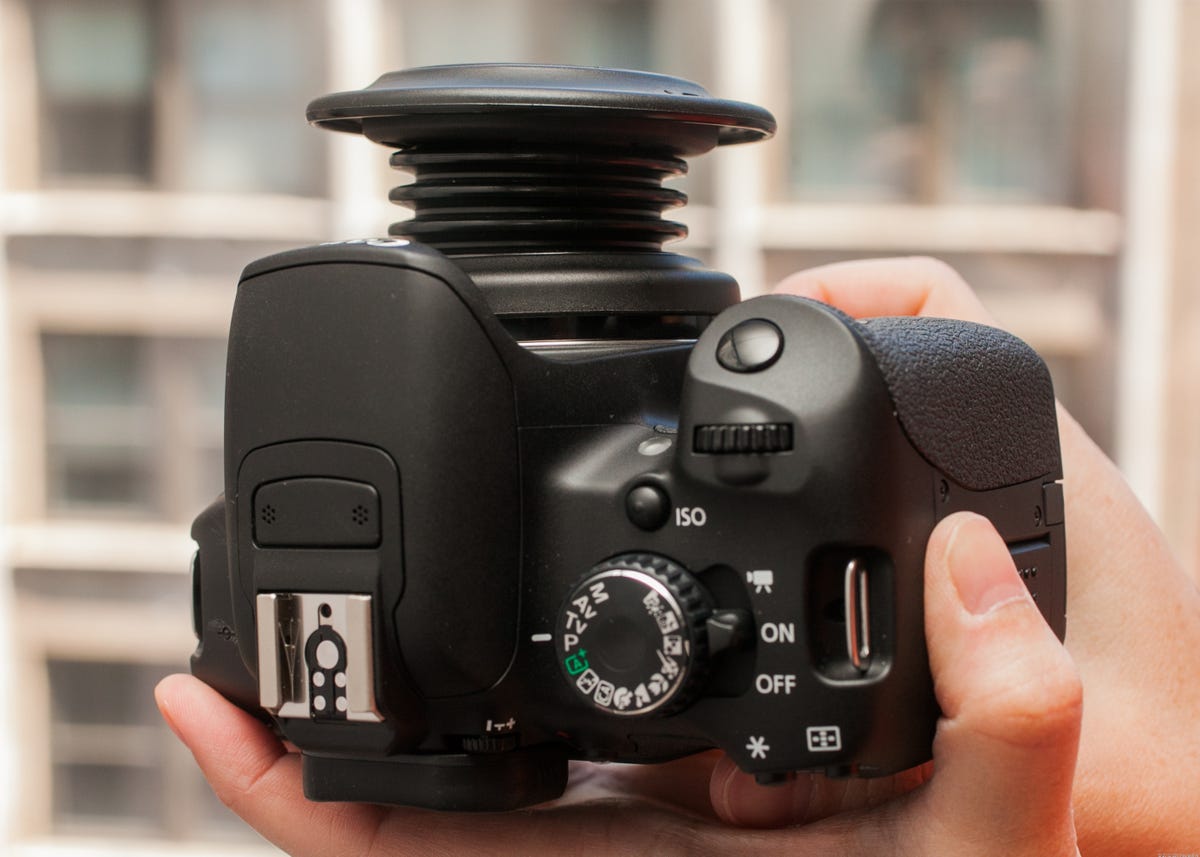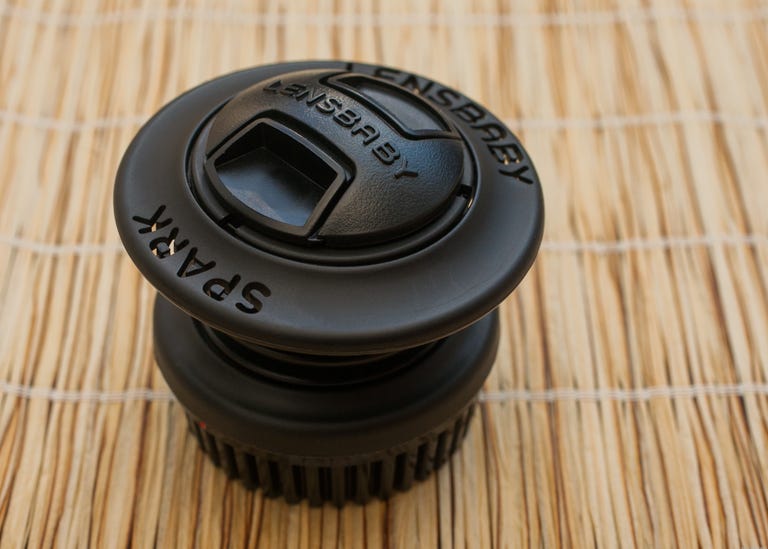 Why You Can Trust CNET
Why You Can Trust CNET Lensbaby Spark review: Lensbaby Spark
The company's newest selective-focus lens is priced and designed for entry-level dSLR users.
While photo filters are all the rage, some people prefer to apply their effects the old-fashioned way: with a lens. Lensbaby's been around for long enough to go through five or so generations of its selective-focus lenses, which consist of a lens tube with separate, swappable lenses that the company dubs its Optic Swap system. The Lensbaby Spark, the company's least expensive lens to date, has a bellows tube design much like its Muse but ships with a fixed 50mm f5.6 element. It, too, is compatible with Optic Swap lens inserts and 37mm threaded accessories. It's available, at least initially, for Canon and Nikon mounts.
The Good
The Bad
The Bottom Line

Made entirely of plastic, the Spark is a lightweight 2.9 ounces, but not especially cheap-feeling. The concept is simple -- extend the barrel to focus at a distance and contract the barrel to focus closely, then tilt to refine the specific area of focus. The camera body doesn't "see" the lens, which can be kind of annoying if you're an EXIF analyzer, but is smart enough to still be able to automatically meter and expose.
It's a little difficult to get the desired focus area exactly in focus all the time and when viewed at 100 percent I found shots that I thought had a solid focus area didn't, but many of them pass muster viewed at smaller sizes, and some sharpness tweaking in software might help. However, because it has a round, bladeless aperture, you get really nice out-of-focus highlights that you normally don't see on an inexpensive lens.
It takes a while to get the hang of controlling it, and it can be a little slow to manipulate if you're shooting moving subjects, but it's also great fun. Plus it's educational: not only does it give you practice manually focusing, but since it has multiple axes of focus, it forces you to be a lot more precise than usual. And at $80, it's a relatively painless way to try out the Lensbaby system.


